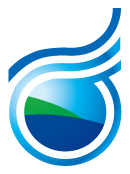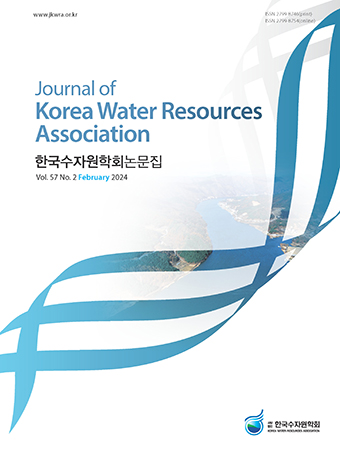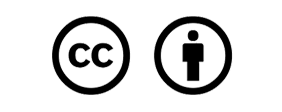Abstract
References
Information
Intergovernmental Panel on Climate Change (IPCC). (2018). Summary for policymakers. In: Global warming of 1.5°C. an IPCC special report on the impacts of global warming of 1.5°C above pre-industrial levels and related global greenhouse gas emission pathways, in the context of strengthening the global response to the threat of climate change, sustainable development, and efforts to eradicate poverty. Cambridge University Press, Cambridge, UK and New York, NY, U.S., pp. 3-24.
Korea Meteorological Administration (KMA) (2023a). Republic of Korea, accessed 6 November 2023, <https://hydro.kma.go.kr/front/intro.do >.
Korea Meteorological Administration (KMA) (2023b). Open MET Data Portal, accessed 6 November 2023, <https://data.kma.go.kr/cmmn/main.do>.
- Publisher :KOREA WATER RESOURECES ASSOCIATION
- Publisher(Ko) :한국수자원학회
- Journal Title :Journal of Korea Water Resources Association
- Journal Title(Ko) :한국수자원학회 논문집
- Volume : 57
- No :3
- Pages :225-236
- Received Date : 2024-02-02
- Revised Date : 2024-03-06
- Accepted Date : 2024-03-07
- DOI :https://doi.org/10.3741/JKWRA.2024.57.3.225




 Journal of Korea Water Resources Association
Journal of Korea Water Resources Association










